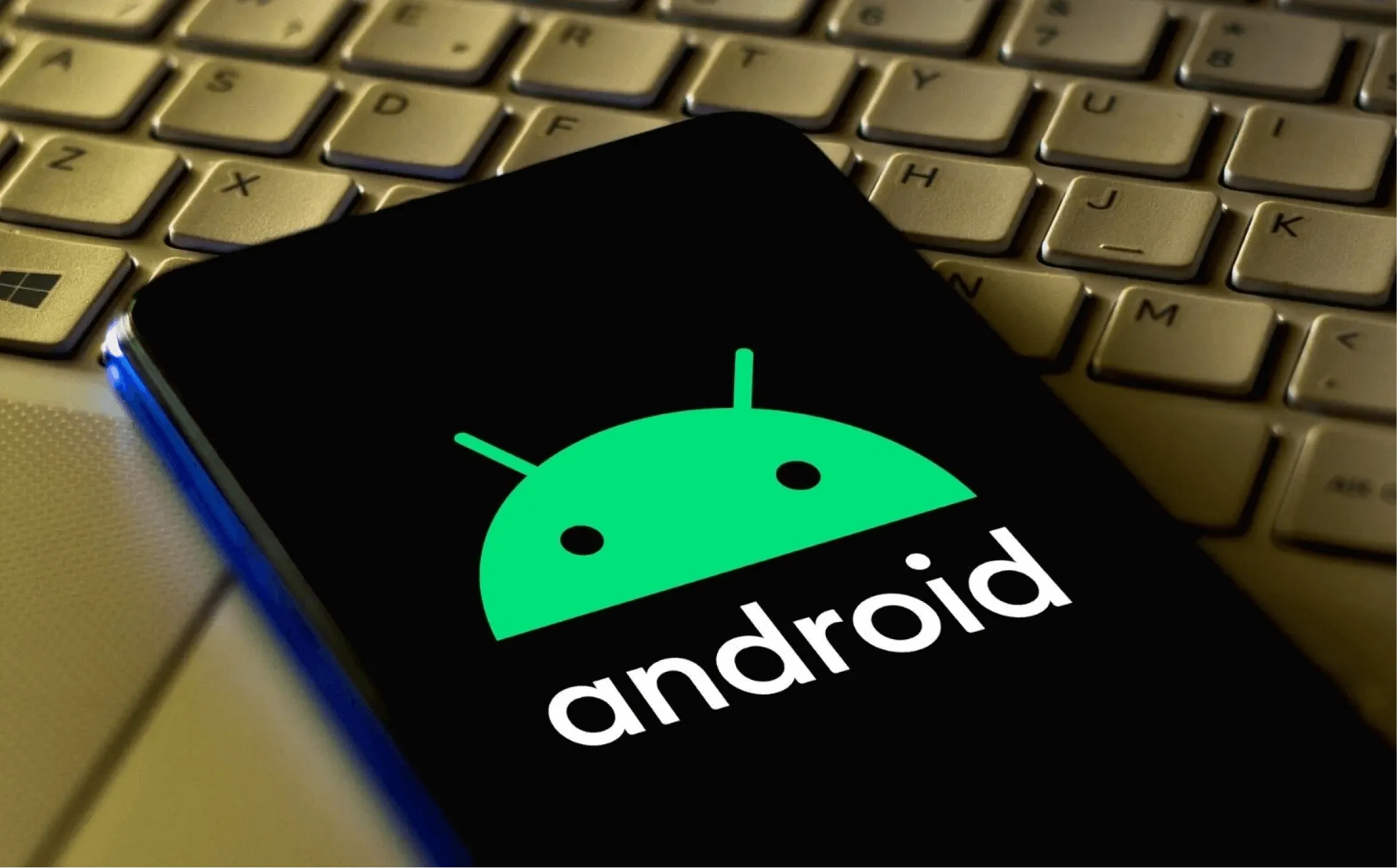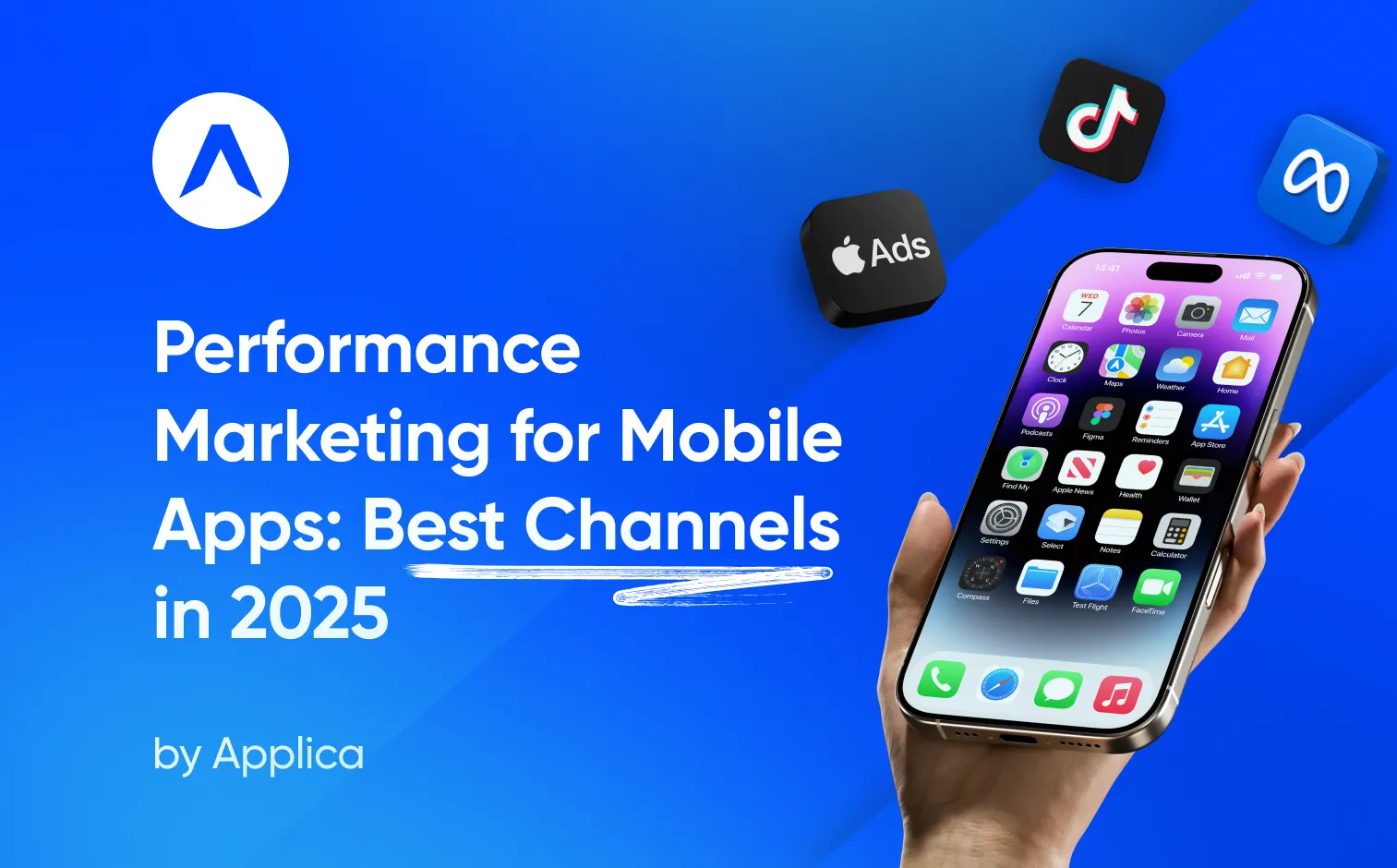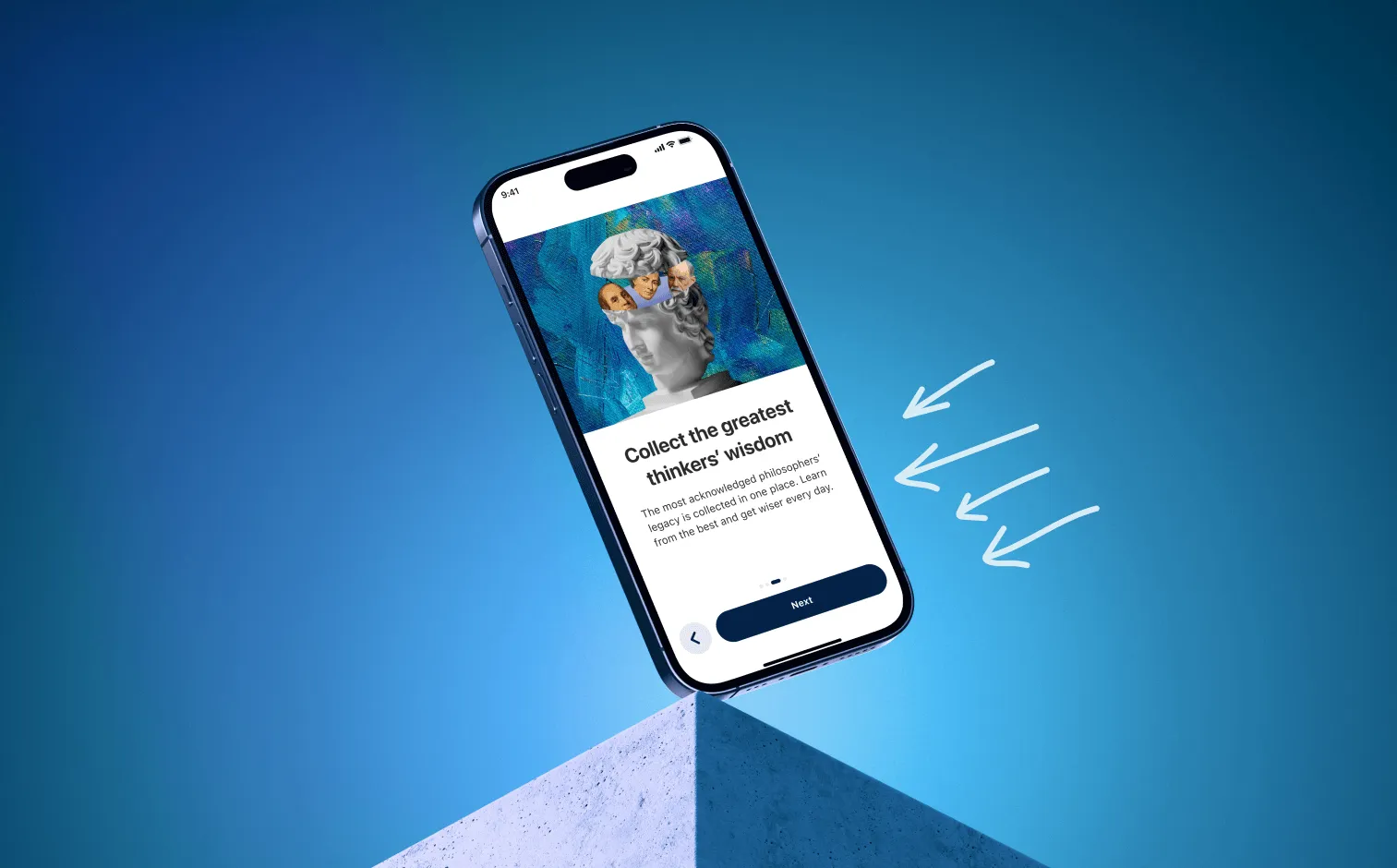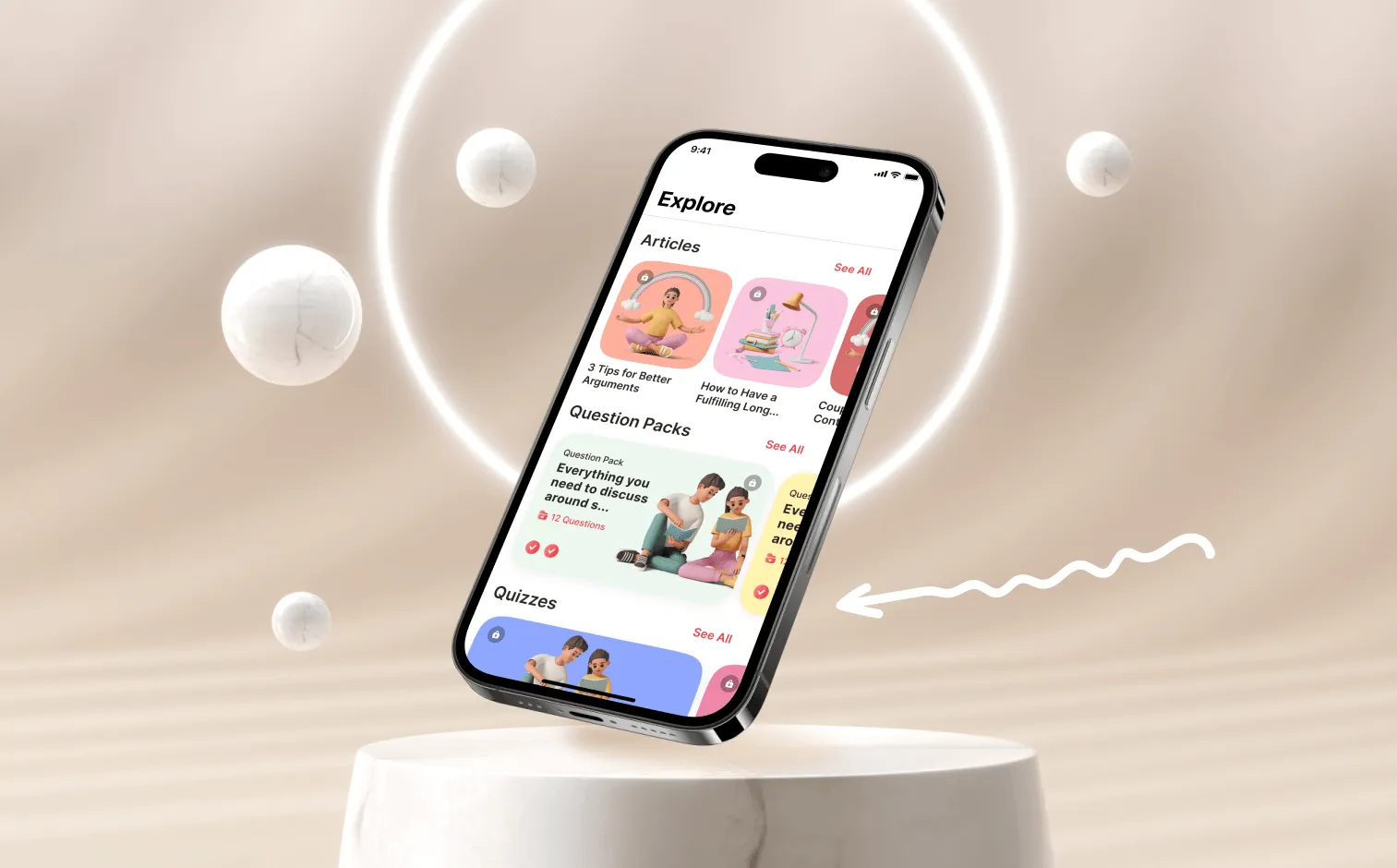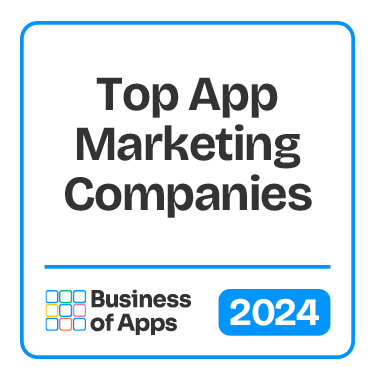Types of App Monetization Strategies for Android
App monetization strategies for Android vary greatly. From in-app ads and subscriptions to pay-per-download and in-app purchases, developers can choose the method that fits their needs and their app. In-app ads are a popular method that allows users to access the app for free while the developers earn revenue from the ads. Subscriptions offer users access to content or features within the app in exchange for a recurring fee. Pay-per-download allows developers to charge a one-time fee for the app and in-app purchases enable users to purchase items or features within the app. Each of these strategies can help developers generate income from their Android app.
Advertising-based Monetization
Advertising-based monetization is a popular way for mobile app developers to generate revenue and is believed to be the best way to monetize android app for many. It involves the use of mobile ads that are displayed within a mobile app to generate income for the app developer. To monetize your android app with ads, this type of monetization can be quite effective for mobile app developers as it allows them to generate revenue without having to charge users for downloading or using the app. Additionally, the ads provide a potential source of revenue for the developer even if the app is not making any sales.
In-app Ads
In Android monetization, in-app ads are a popular way for app developers to monetize their products. Ads can appear as banners, interstitials, native ads, or videos. App developers can control the frequency and type of ads that appear in their apps, allowing them to optimize the user experience. Ads can be targeted to users based on their interests, location, or other factors, making them more effective for both users and developers. Additionally, in-app ads are typically more secure than other forms of advertising, helping to protect users from malicious activity.
Interstitial Ads
Interstitial ads are full-screen ads that appear within an app. The ads are typically displayed at natural transition points, such as between activities or when switching from one game level to the next. A user interacts with the ad by tapping or clicking on an icon, which will then open the advertiser's website or app. Interstitial ads are highly popular with advertisers due to their larger size and longer viewing time, allowing them to deliver more information to their target audience. They are also an effective way to monetize an app, as they can result in higher click-through rates than other ad formats.
Native Ads
Native ads are a form of advertising and appear within the content of an app or website. They are designed to blend in with the look and feel of the platform they are running on and provide a seamless user experience. Native ads often contain highly engaging visuals and creative messaging that can be targeted to a user's specific interests. This type of advertisement has become increasingly popular on mobile platforms, as it allows advertisers to reach users in a less intrusive way while providing a better user experience.
Video Ads
Video ads are an effective form of advertising for Android monetization that can reach a wide audience. They are often used to promote products and services, as well as to provide information about a company. Video to monetize android app ads can be used on multiple platforms, including social media, websites, and apps. They can be used to target specific demographics and can be tailored to fit the user's needs. Video ads can be engaging and interactive, and can help to drive conversions. By utilizing video ads, businesses can effectively target their desired audience and get their message across.
In-app Purchases
If your question is how to how to monetize app on play store, in-app purchases are a great way to enhance the overall user experience and monetize your Android app. By allowing users to make purchases directly within an application, they are able to access additional content and services, for example, bonus levels, extra lives, and bonus characters. The process is simple and secure, making it a popular choice for many users. With a few taps and clicks, users can purchase items without ever leaving the app, making for a convenient and enjoyable experience.
Subscription-based Monetization
Subscription-based monetization is a popular business model for Android app monetization strategies. It allows developers to create recurring revenue streams and charge users for ongoing access to their content or services. Subscription models can come in various forms, such as monthly and annual payment plans, or even limited access with additional features unlocked by paying a fee. This monetization strategy is especially attractive to developers because it provides a consistent stream of income and helps to create a loyal user base.
Sponsorship and Partnership
Sponsorship and partnership are great ways to grow a business and monetize android applications. By forming relationships with other companies, organizations, or individuals, businesses can leverage the collective resources, skills, and networks to create something bigger than what they could achieve on their own. From marketing to brand awareness, there are many benefits that can come from a successful partnership or sponsorship. By carefully selecting the right partners, businesses can increase their reach, gain access to new markets, and ultimately increase profits.
Choosing the Right Monetization Strategy for an Android App
Choosing the right monetization strategy for an android app is a critical decision. It’s important to understand the goals and demographics of the app and its users in order to pick the best monetization model. For example, if the app is being used by a large pool of users who are likely to make in-app purchases, then a freemium model might be the best option. On the other hand, if the app is targeting a more casual user base, then ads may be the best way to monetize the app. Additionally, it’s important to consider which model is most likely to be successful in the long term. Different models can produce different levels of revenue, so it’s important to do research and pick the model that will be most profitable for the app.
Factors to Consider when Selecting a Monetization Strategy
When selecting a monetization strategy for an android app, there are several factors to consider. Firstly, you should identify the target audience of the app and what kind of monetization model would be most attractive to them. For example, if the app is aimed at younger users, a freemium model may be better than a paid subscription model. Secondly, you should consider the cost of development and the resources available to support the app post-launch. If the costs are too high or the resources are limited, a pay-per-download model may be more suitable than an ad-based monetization model. Finally, the app should fit the market and stand out from the competition in order to maximize revenue. This could involve introducing unique features or offering exclusive content that users are willing to pay for.
Analyzing User Behavior and Preferences
Analyzing user behavior and preferences is an essential component of any Android app monetization strategy. By tracking user activity and preferences, developers can better understand the needs of their users and target them with more relevant ads and offers, and generally how to monetize android app. Without understanding user behavior and preferences, developers run the risk of displaying irrelevant ads and offers that could lead to lower engagement and fewer conversions. Analyzing user behavior and preferences also allows developers to better optimize their app for user experience, as well as ensure that their monetization strategies are in line with the needs and wants of their users.
Choosing the Right Monetization Strategy for an Android App
- Offer In-App Purchases: Offering in-app purchases can answer the question of how to monetize your Android app. In-app purchases allow users to purchase virtual goods and services, such as extra lives, currency, or additional features.
- Use Advertising: Advertising is another popular way to monetize your Android app. You can choose from several types of ads, including banner ads, interstitial ads, video ads, and native ads.
- Subscriptions: Subscriptions are an increasingly popular way to monetize apps. You can offer users a subscription to your app, which gives them access to extra features, content, or services.
- Use Freemium Model: The freemium model allows users to download your app for free and then purchase additional features, such as extra levels or premium content.
- Utilize Referral Programs: Referral programs allow users to refer friends to your app and receive rewards. This can be a great way to increase user engagement and monetize your app.
- Offer Loyalty Programs: Loyalty programs are a great way to reward users who keep using your app. You can offer discounts, bonus features, or other rewards to loyal customers.
- Leverage Third-Party Platforms: Third-party platforms, such as Amazon Appstore, can be a great way to monetize your app. By offering your app on multiple platforms, you can reach more users and potentially increase your revenue.
Offering Value to Users
Offering value to users is a key component of any Android app monetization strategy. In order to maximize revenue, developers must create an app that is engaging, useful, and of high quality, as this will ensure that users will continue to use the app and recommend it to others. This is especially important for free apps, where users are more likely to download the app based on its perceived value rather than any monetary cost.
To offer value, developers must focus on creating a great user experience. This means ensuring that the app is intuitive, easy to use, and bug-free. Additionally, developers should consider offering in-app purchases, such as premium versions of the app or additional content, as this allows users to gain access to more features and content. Finally, developers should implement a reward system, such as providing users with in-game currency or achievements. This can help create an incentive for users to continue using the app and encourage them to purchase additional content.
By offering value to users, developers can create an engaging and profitable Android app. This will ensure that users will continue to use the app and recommend it to others, resulting in increased downloads and higher revenue.
Continuously Updating the App
Continuously updating an app is an important part of an Android app monetization strategy. Apps that are regularly updated with new features, bug fixes, and content can help increase user engagement and generate more revenue. Updating an app also ensures that users have a great experience and remain loyal to the app.
When updating an app, developers should focus on adding features that will improve user experience, rather than ones that will simply increase revenue. It is also important to keep the user interface and design of the app consistent across different versions, as this will help users remain comfortable with the app. Additionally, updates should include bug fixes and performance improvements to ensure that the app runs smoothly and reliably.
Developers should also pay attention to the feedback they receive from users, as this can help them identify areas of the app that need improvement. This feedback can then be used to make the necessary changes and ensure that users have the best experience possible when using the app.
In addition to updates, developers should also promote their app by using social media platforms and other marketing channels. This will help to increase awareness of the app and attract more users. Finally, it is important to track the performance of the app, as this will help identify areas where improvements can be made.
A/B Testing
A/B testing is a valuable strategy for monetizing apps on Android. A/B testing allows developers to compare different versions of their app to determine which version performs better in terms of user engagement and revenue. A/B testing can be used to test a variety of factors, including the placement of ads, the pricing of in-app purchases, the effectiveness of promotional messages, and the usability of features.
The goal of A/B testing is to optimize the user experience and maximize revenue. To do this, developers can compare two different versions of the app and measure the performance of each. This can be done by tracking user engagement, such as the number of downloads, the length of time users spend in the app and the number of in-app purchases. By comparing the performance of the two versions, developers can identify which version is more successful and make adjustments accordingly.
A/B testing can also be used to identify areas where users are not engaging. By analyzing user behavior, developers can identify areas where users are not engaging or are struggling to use the app. This can lead to changes that improve user experience and increase the overall revenue of the app.
Focusing on User Retention
User retention is an important part of any successful Android app monetization strategy. By focusing on user retention, developers can ensure that their users remain engaged with their app and that they have the best chance of turning those users into paying customers. This can be done through a variety of tactics, such as providing incentives for users to continue coming back to the app, creating a loyalty program, and providing timely updates and support to users. Additionally, developers can use analytics to track user activity and usage, giving them the insights they need to tailor their monetization strategy to best meet the needs of their users. By focusing on user retention and providing a high-quality user experience, developers can create an app monetization strategy that will lead to long-term success.
Mistakes in Monetization Strategy that Should be Avoided
When it comes to the strategy of app monetization Android, there are certain mistakes to be avoided. The first mistake to avoid is to not monetize too early. Monetization should only be implemented when the app has a large enough user base for it to be worth it. Another mistake to avoid is not offering enough incentives for users to pay for the app. A successful monetization strategy should offer users rewards or exclusive content that they can only get by paying for the app. Additionally, do not set prices too high as it will drive away potential users. Last, avoid offering too many options for monetization as it can be overwhelming to users and make them reluctant to pay. By avoiding these mistakes, developers can ensure that their strategy of monetizing Android apps is successful.
Overloading the App with Ads
Overloading an app with ads is not recommended for a “monetize Android apps” strategy. This strategy can be very intrusive for users and can lead to a negative user experience. Ads can be off-putting to users, especially if they are placed in disruptive locations or if they are too frequent. Additionally, if the ads are not high-quality, they can provide a poor user experience. This can lead to decreased engagement and retention rates, which can ultimately result in reduced revenue. Therefore, it is important to use ads judiciously and only when they provide value to the user.
Not Offering Value to Users
As said before, it is important to offer value to users. If an app does not offer value, users will not be incentivized to use or purchase it. This could lead to a lack of engagement and a decrease in downloads. Without the right strategy, users may feel the app is not worth their time or money and this could lead to low app ratings and negative reviews. Additionally, not offering value can cause users to become frustrated with the app, further decreasing its value and effectiveness. Therefore, it is essential to consider how to offer users value when developing an app monetization Android strategy.
Ignoring User Feedback
Finally, ignoring user feedback in an Android free app monetization strategy can be incredibly detrimental to the success of the app. By not considering user feedback, app developers can miss out on valuable insights that could help improve the app and its monetization potential. Additionally, ignoring user feedback can cause users to become frustrated and deter them from using the app in the future. This can lead to a decrease in downloads and overall revenue. Therefore, it is important for developers to make sure they are taking user feedback into account when developing a monetization strategy for their Android app.



